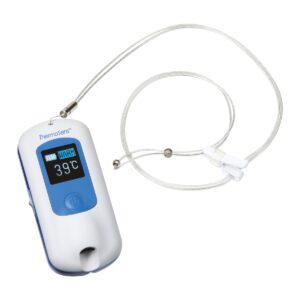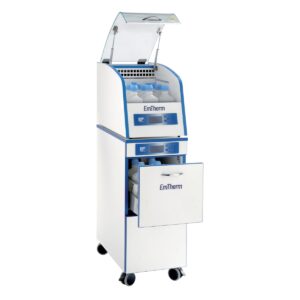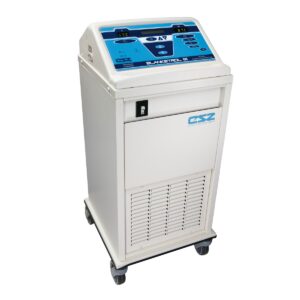Blanketrol® III, ThermoSens® and EmTherm®
Active warming or targeted temperature control (TTM) systems
Temperature is a vital sign monitored daily by the anaesthetist. Our “Temperature Management” range meets your needs in the operating theatre and in intensive care.
- In the operating theatre
- In intensive care
Avoiding accidental hypothermia
General anaesthesia interferes with temperature regulation and can therefore cause hypothermia during surgery and/or immediately after surgery.
Intraoperative hypothermia is linked to adverse events such as infections and wound complications, cardiac and circulatory complications, increased bleeding and a greater need for blood transfusions. It is therefore associated with an increase in postoperative morbidity.
To prevent unintentional hypothermia, several types of active warming systems are used to maintain a core temperature of around 36.5°C: Sewoon’s ThermoSens® and EM-MED’s EmTherm® warming cabinets.
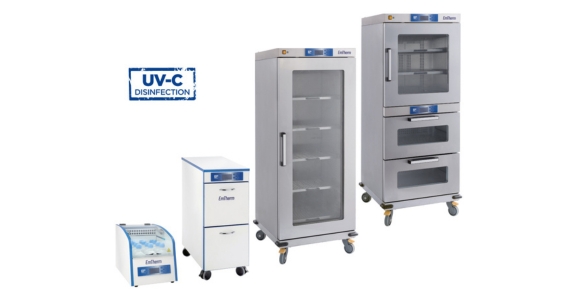
Implementing targeted temperature control
Therapeutic hypothermia has been extended to the broader concept of targeted temperature control (TTM), involving either the maintenance of strict normothermia or the induction of hypothermia.
TTM is one of the treatments designed to optimise the neurological outcome following an attack with a high risk of cerebral ischaemia, i.e. after cardiorespiratory arrest and/or severe head trauma.
Blanketrol® III and its range of blankets and kits is a non-invasive TTM system controlled by the patient’s temperature to help achieve the target temperature quickly, reduce variability and control the warming phase.
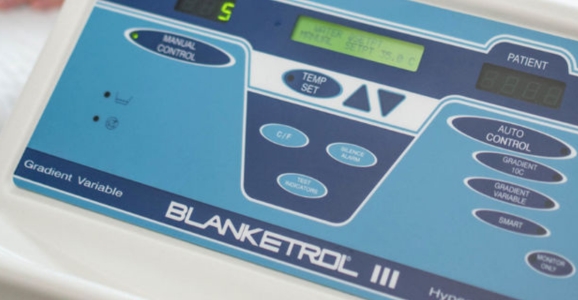
Available models:
Infusion warmer
The ThermoSens® can be used to warm filling solutions, labile blood products and surgical fluids in addition to forced-air warming or when skin warming is not possible.
Targeted temperature control
Blanketrol® III and its range of blankets and kits is a non-invasive targeted temperature control system controlled by the patient’s temperature to help achieve the target temperature quickly, reduce variability and control the warming phase.


